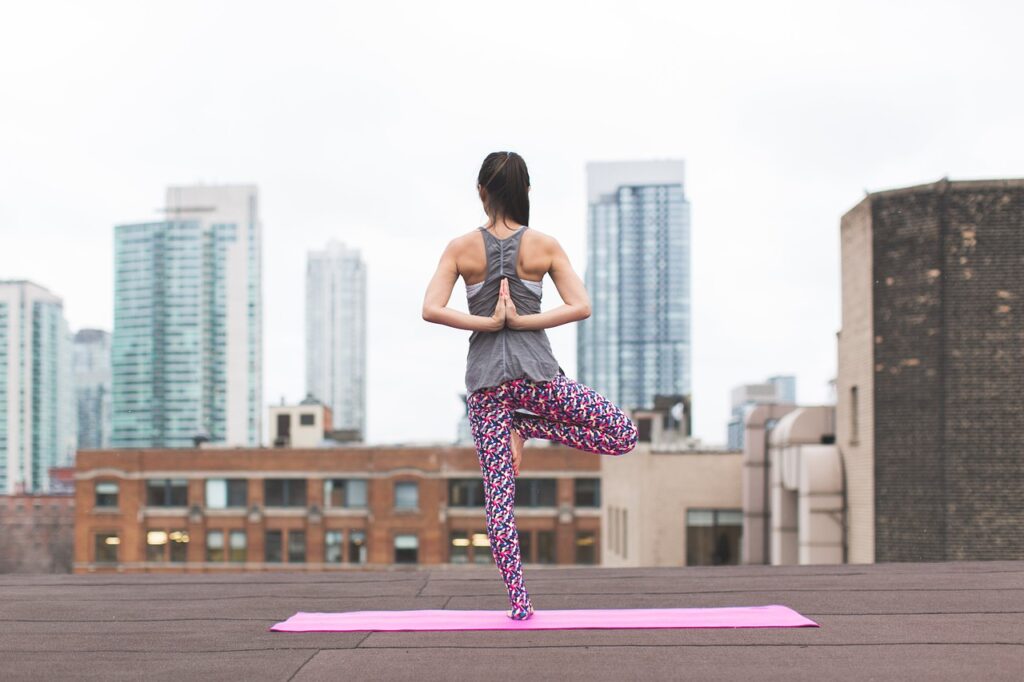Evidence Based
This article relies on solid scientific evidence, authored by experts, and thoroughly fact-checked by specialists.
Our team of licensed nutritionists and dietitians strives to maintain objectivity, impartiality, and honesty. We aim to present a fair representation of both sides of the argument.
Scientific references are included throughout this article. The numbers in parentheses (1, 2, 3) are clickable links to peer-reviewed scientific papers. These sources further support the information provided.

Do you ever feel groggy, sluggish, or unfocused during the day? You’re not alone. Many people (1
Centers for Disease Control and Prevention
Trusted online resource about health, diseases, and public health initiatives. Institutes of Health
Go to source ) struggle to stay alert and productive throughout the day, especially if they don’t get enough sleep at night. Fortunately, there’s a simple solution that doesn’t require caffeine or other stimulants: power napping.
A power nap is a short nap that lasts between 10 and 30 minutes. It’s designed to provide a quick boost of energy and alertness, without interfering with nighttime sleep. In fact, research shows that power napping can actually improve nighttime sleep quality, as long as it’s done in moderation.
Why Power Nap Works
Power napping works because it allows your brain to rest and recover, which in turn improves cognitive function, memory, and mood. During a power nap, your brain enters a state of light sleep, which helps to clear out adenosine, a chemical that builds up in the brain throughout the day and contributes to feelings of sleepiness and fatigue.
In addition, power napping has been shown to improve performance on cognitive tasks, such as memory tests and reaction time tasks. It can also improve mood, reduce stress, and even lower blood pressure.
When to Power Nap
The best time to power nap is during the mid-afternoon slump, which typically occurs between 1:00 pm and 3:00 pm. This is when most people experience a dip in energy and alertness, and a power nap can help to counteract this slump and improve productivity for the rest of the day.
However, it’s important to avoid napping too close to bedtime, as this can interfere with nighttime sleep. Experts recommend taking a power nap no later than 3:00 pm, and limiting the nap to 30 minutes or less.
How to Power Nap
To get the most out of your power nap, follow these tips:
- Find a Quiet, Dark Place to Nap: This can be a quiet room, a parked car, or even a designated nap pod if your workplace offers one.
- Set an Alarm: To ensure that you don’t oversleep, set an alarm for 10 to 30 minutes.
- Get Comfortable: Lie down or recline in a comfortable position, and use a pillow or other support if necessary.
- Relax and Clear your Mind: Focus on your breathing or use a relaxation technique, such as progressive muscle relaxation or visualization.
- Wake up Gradually: When your alarm goes off, take a few minutes to wake up gradually and reorient yourself before getting back to work.
Who Should Nap
While power napping can be beneficial for most people, there are some individuals who may not be able to nap or who should be cautious about napping. For example:
- People with insomnia or other sleep disorders may find that napping interferes with their nighttime sleep and should avoid napping if possible.
- People who work night shifts or irregular schedules may find that napping during the day disrupts their sleep-wake cycle and should be cautious about napping.
- Young children and older adults may have different sleep needs and patterns, and may not benefit from power napping in the same way as adults.
- People who are driving or operating heavy machinery should never nap while on the job, as this can be dangerous.
How Does a Power Nap Compare to a Cup of Coffee?
While both power napping and drinking coffee can improve alertness and productivity, they work in different ways and have different effects on the body.
Coffee works by blocking adenosine receptors in the brain, which temporarily reduces feelings of sleepiness and fatigue. This effect can last for several hours, but can also lead to jitters, anxiety, and a crash in energy levels once the caffeine wears off.
Power napping, on the other hand, allows the brain to enter a state of light sleep, which clears out adenosine and reduces feelings of sleepiness and fatigue. This effect can last for several hours, but does not have the same side effects as caffeine, and may actually improve nighttime sleep quality.
In general, power napping is considered to be a healthier and more sustainable way to improve daytime alertness and productivity than relying on caffeine. However, if you’re unable to nap or need a quick boost of energy, a cup of coffee can be a useful tool in moderation.
It’s important to note that everyone’s body reacts differently to caffeine, and excessive caffeine intake can lead to negative side effects, such as anxiety, insomnia, and digestive issues. If you choose to drink coffee, it’s best to limit your intake to no more than 400 mg per day (about 4 cups of coffee), and avoid drinking it too close to bedtime.




